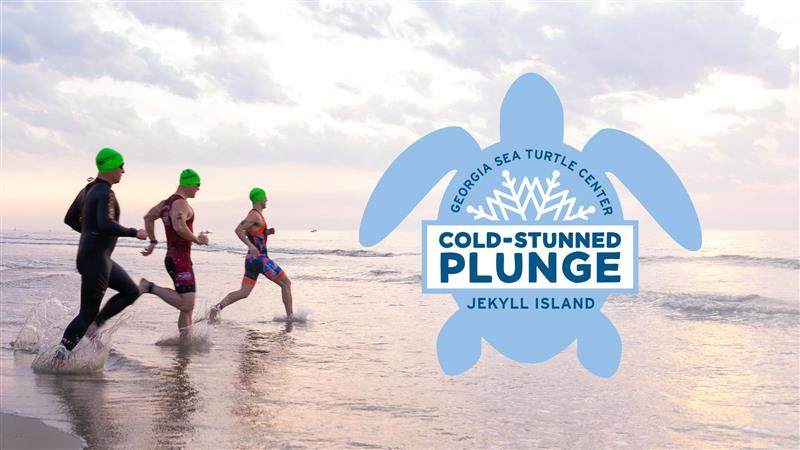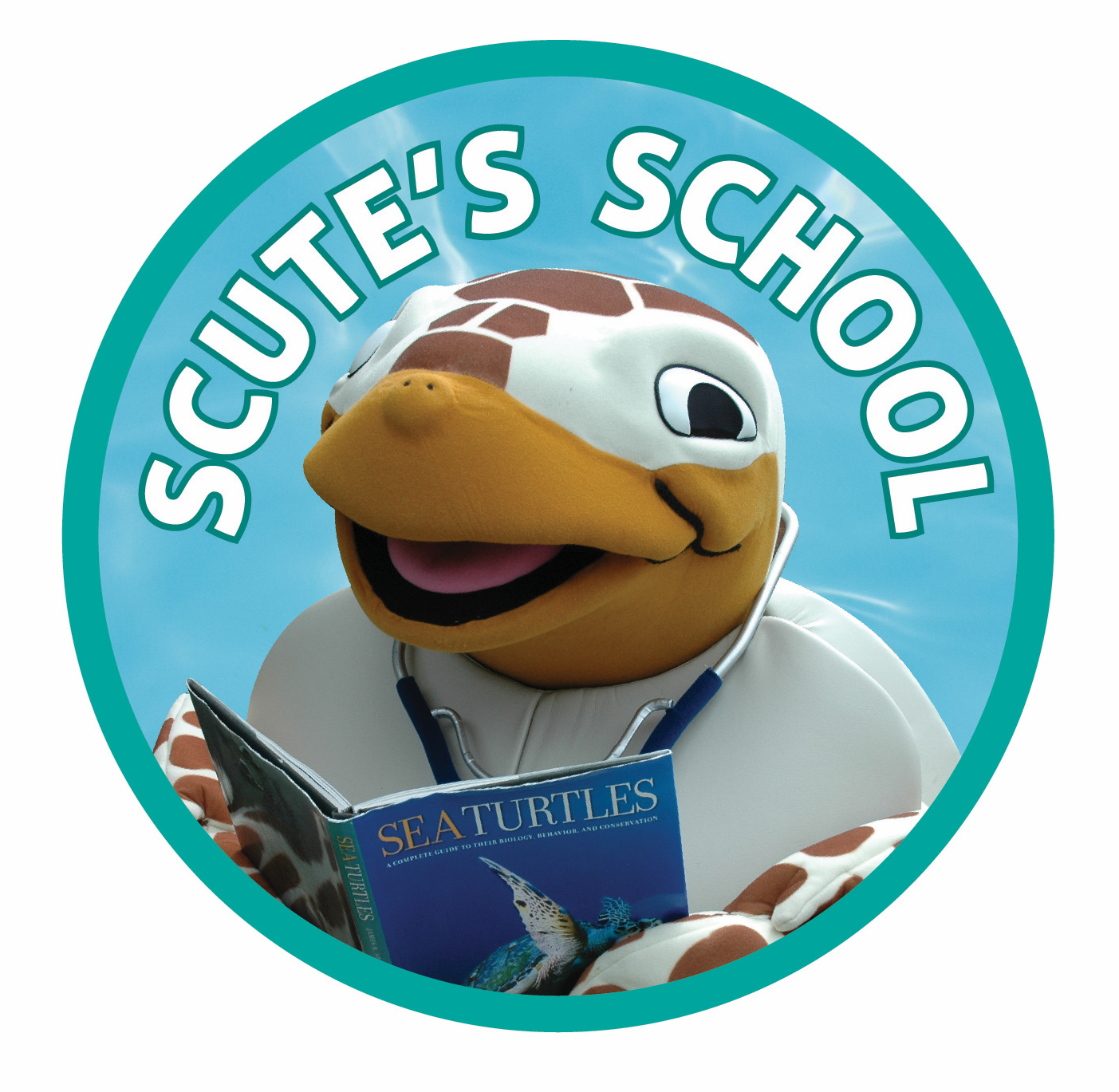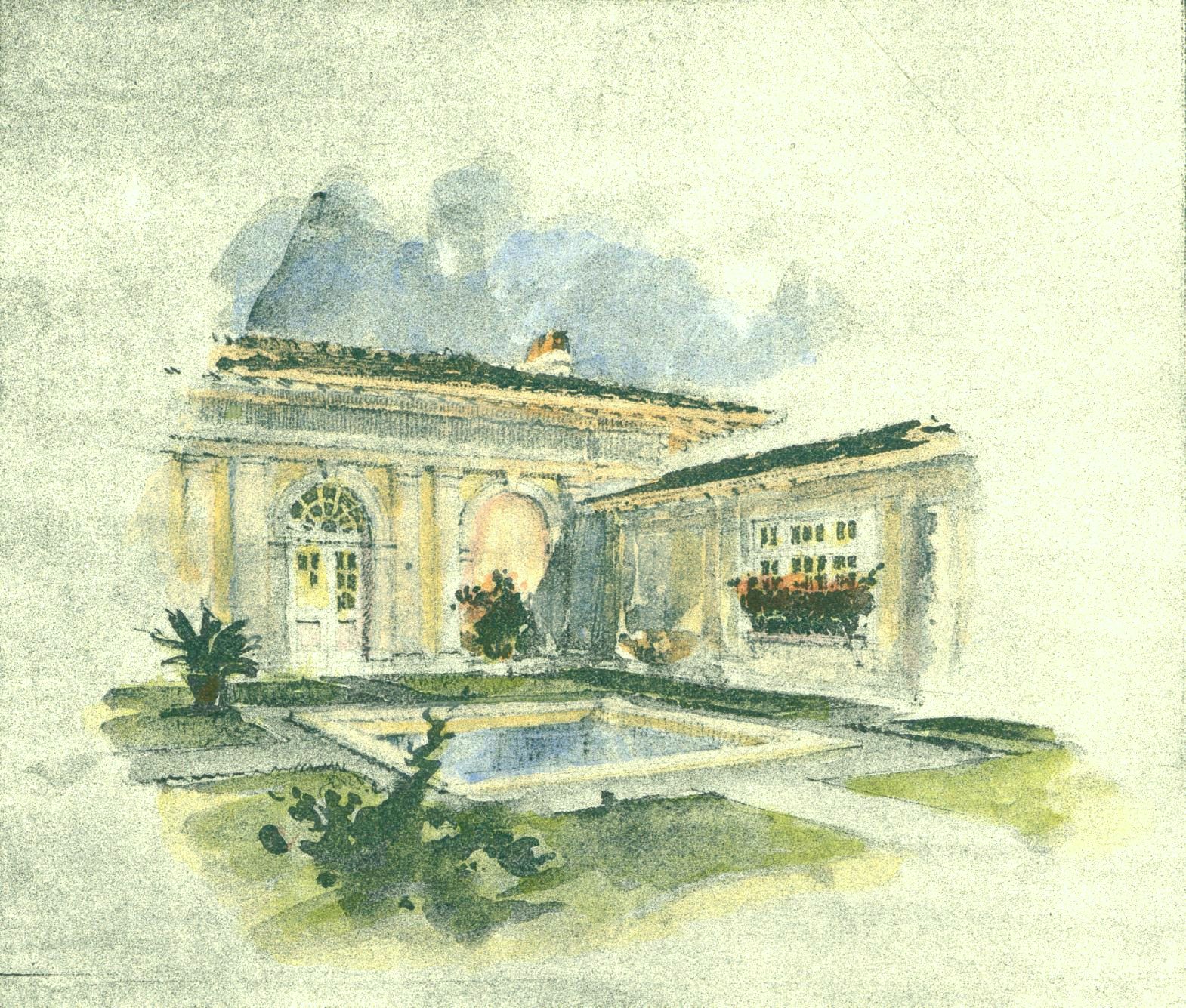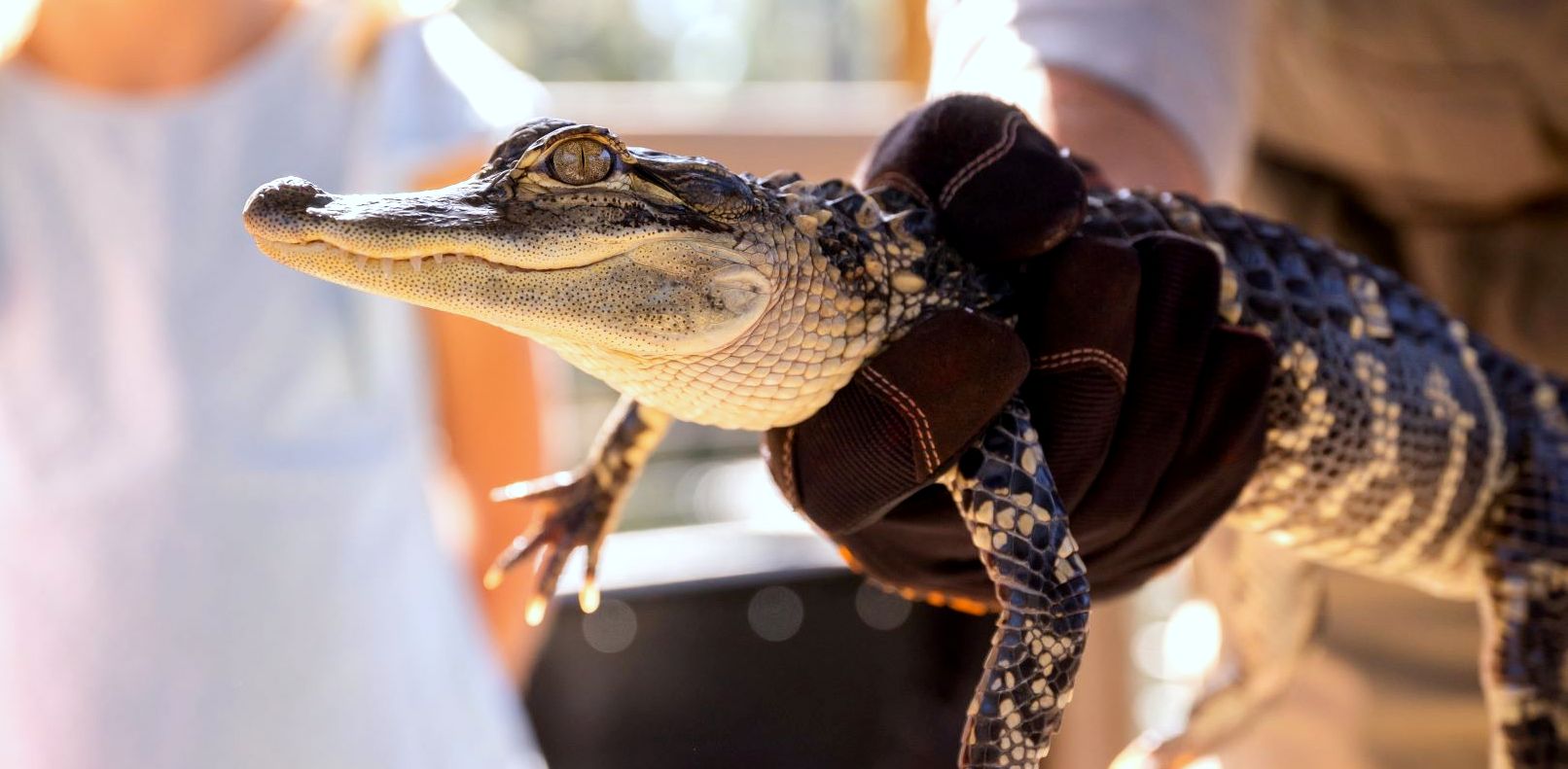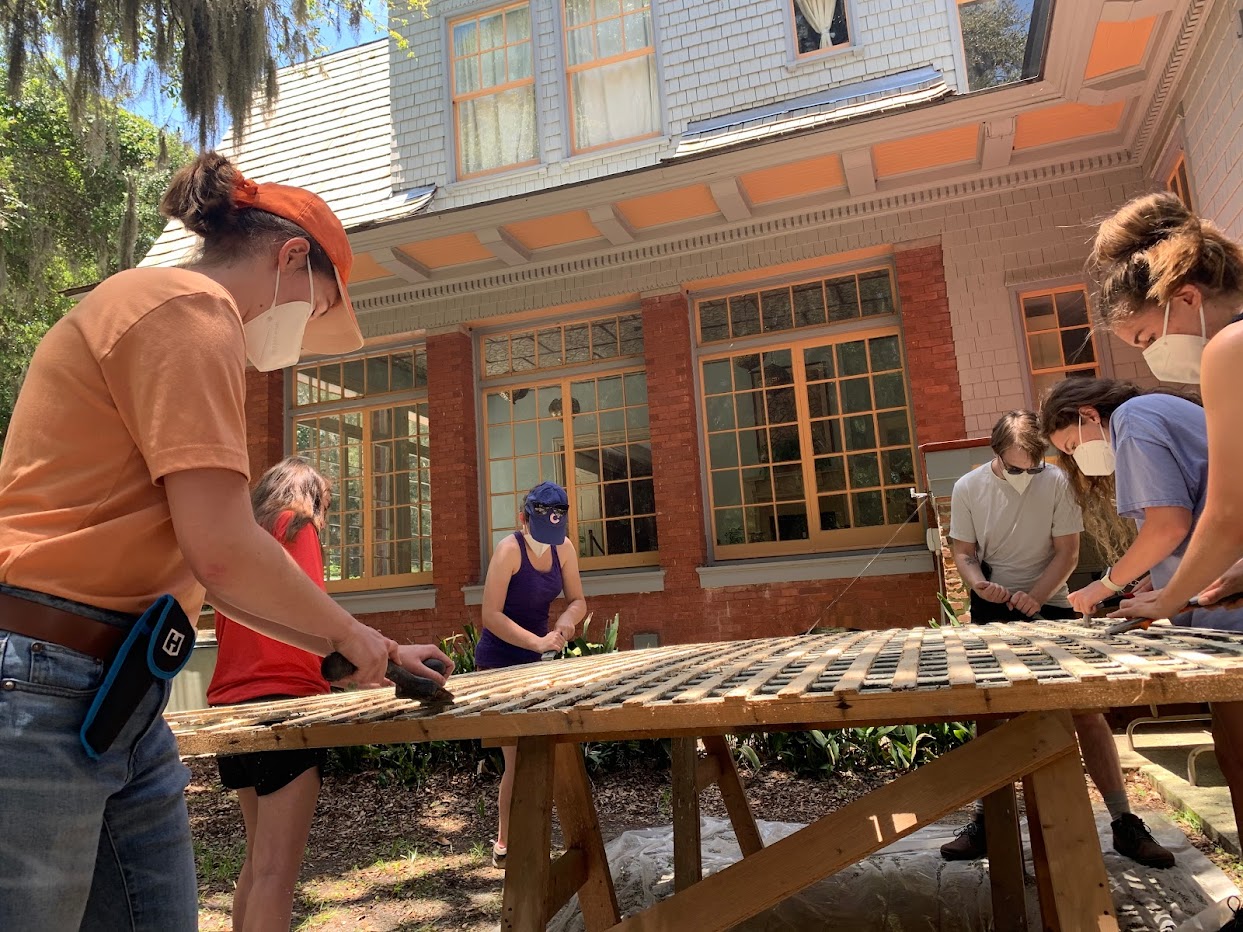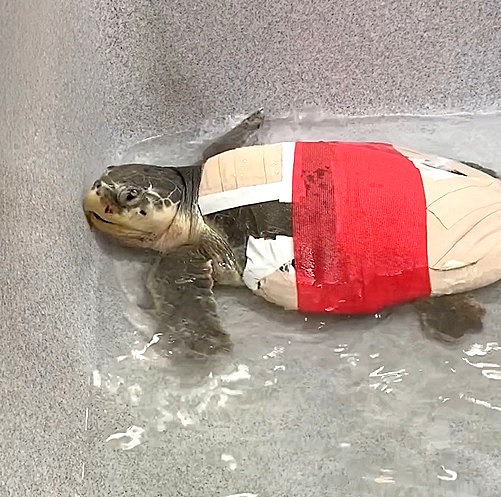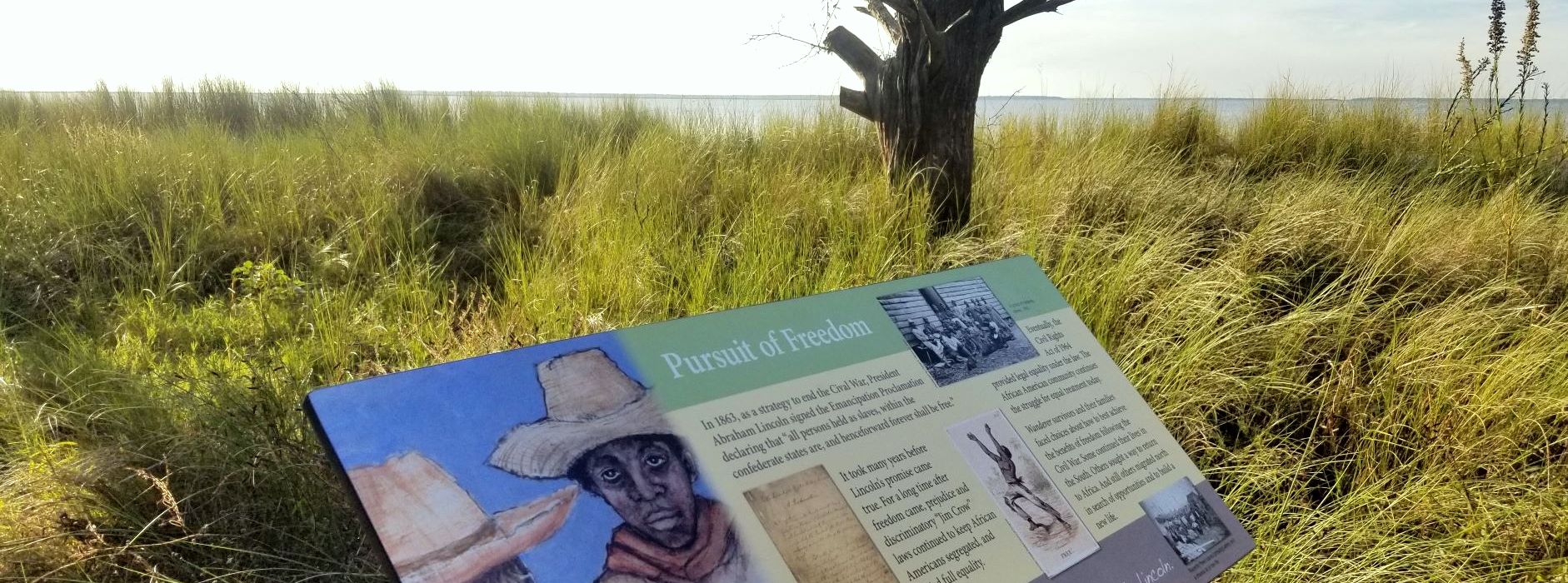By Summer Conley, JIA Marketing Coordinator
Rolling out this upcoming holiday season is the island’s next fun, and a little frigid, fundraiser! Join other ocean lovers November 27 for the all new Cold-Stunned Plunge, benefitting the Georgia Sea Turtle Center (GSTC) on behalf of the Jekyll Island Foundation. Like many of the polar plunge events of the North, participants will walk, run or ‘plunge’ into the chilly Atlantic in support of sea turtles on the Georgia coast.
During the winter months, the Georgia Sea Turtle Center experiences an influx of cold-stunned patients transported from the Northeast. These sea turtles suffer from a form of hypothermia due to freezing ocean currents. Often found lethargic and unable to function, these sea turtles get caught in the rapidly dropping temperatures of the North Atlantic Ocean and are unable to make their way to warmer water. Without the months-long care of organizations like the Georgia Sea Turtle Center, many cold-stunned sea turtles would not survive. Serving as a companion event to the island’s popular Turtle Crawl, which raised more than $24,000 this past spring, the Cold-Stunned Plunge was introduced to bring more awareness to the extensive rehabilitation efforts of the Center during their busy winter season.
Presented by the Beach Village Merchants and Georgia Power, participants will receive a commemorative t-shirt and can join the GSTC’s mascot, Scute C. Turtle, and friends on the Beach Village Turtle Stage for photo ops before and after their big ‘plunge.’ Taking place on the Saturday after Thanksgiving, registration is now open for this new and exciting holiday fundraiser. Online registration will increase on October 8 and pre-registration will close November 25. Those who prefer to sleep in while supporting the work of the Center and the mission of the Jekyll Island Foundation can register virtually and still receive the commemorative t-shirt. Registration will also be open for participation on the morning of the event.
Mark your calendars, register to ‘plunge’ and let’s raise some funds!
